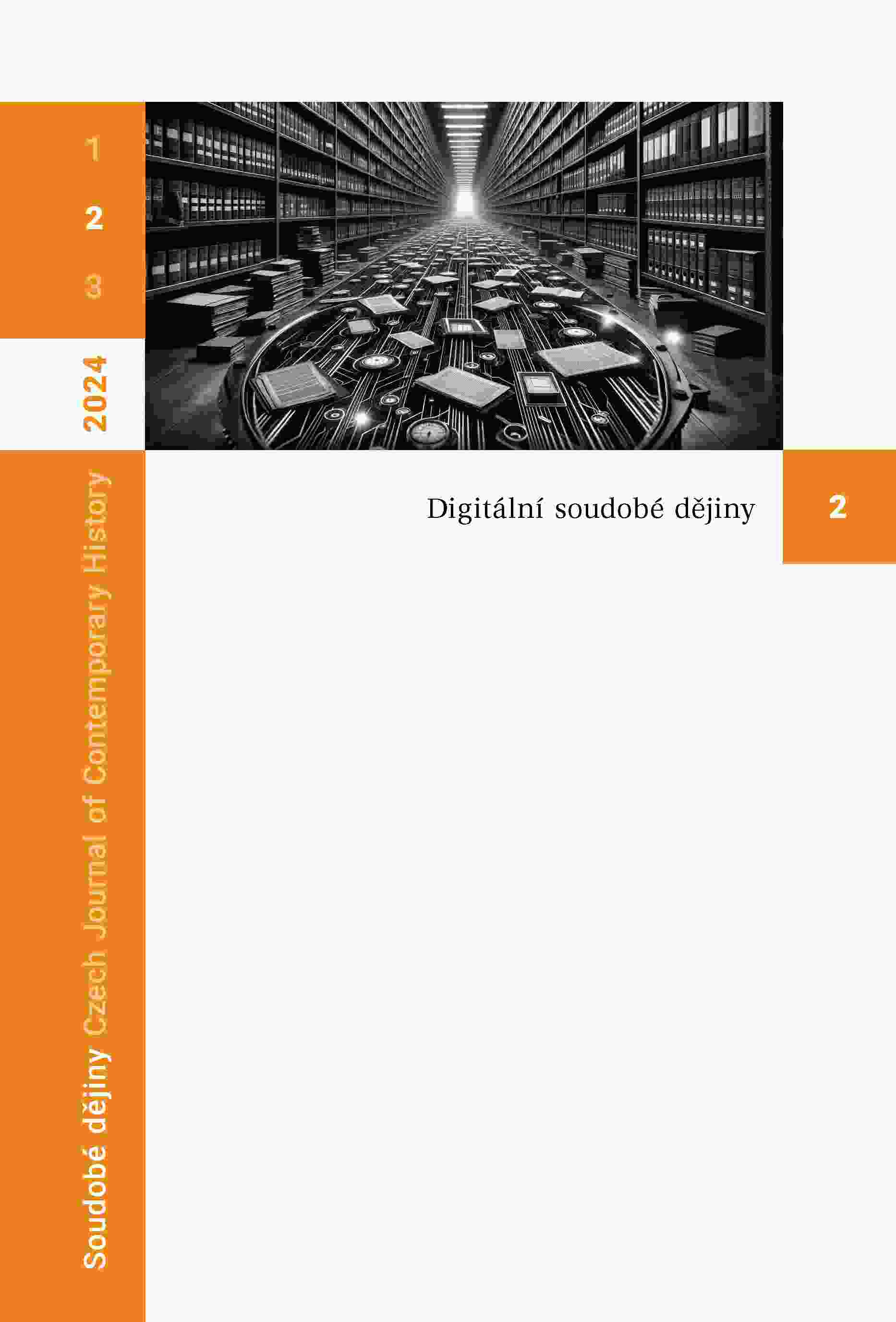Soudobé historické prameny: Minimalizace (osobních) údajů, omezení jejich uložení a (de)anonymizace v oblasti archivace
Contemporary Historical Sources: (Personal) Data Minimization, Storage Restrictions and (de)Anonymization Archiving
Author(s): Mikuláš ČtvrtníkSubject(s): History, Archiving, Preservation, Recent History (1900 till today), Source Material
Published by: AV ČR - Akademie věd České republiky - Ústav pro soudobé dějiny
Keywords: contemporary historical sources;archives;archiving;personal data;data reduction and minimization;privacy protection;data pseudonymization, anonymization and de-anonymization;digitization
Summary/Abstract: One of the primary objectives of archives and archiving in the public interest is not only the long-term preservation of archival material and its accessibility, but also the protection of the data that the archival material contains and, with it, the protection of the privacy and personal rights of the people referenced in such materials. Thus far, archival science and archival practice have demonstrated a tendency to overlook the potential risks associated with the misuse of personal and, especially, sensitive personal data contained in archival materials. One of the most effective tools for protecting data is destruction. Čtvrtník focuses his attention on data reduction and minimization. He situates these procedures within the context of the general right to be forgotten, as understood by European Union and other legislation. He also highlights the specificities of the process of archival selection and evaluation of documents, when the archive decides which documents from the production of various public and private originators will be irreversibly destroyed and which will be taken over for permanent archiving. At the same time, the author clarifies the issue of anonymization and pseudonymization of data in documents and archival materials, as well as the principal differences between these practices, following his own model of the four categories of the right to be forgotten. Finally, he addresses the increasingly pressing risks arising from the rapid improvement of techniques for de-anonymizing data and re-identifying individuals.
Journal: Soudobé Dějiny
- Issue Year: XXXI/2024
- Issue No: 2
- Page Range: 421-446
- Page Count: 26
- Language: Czech

